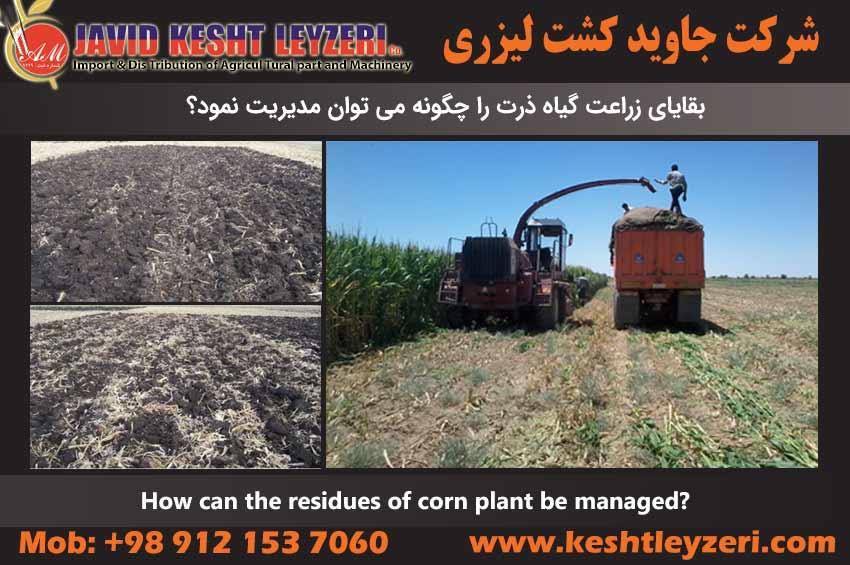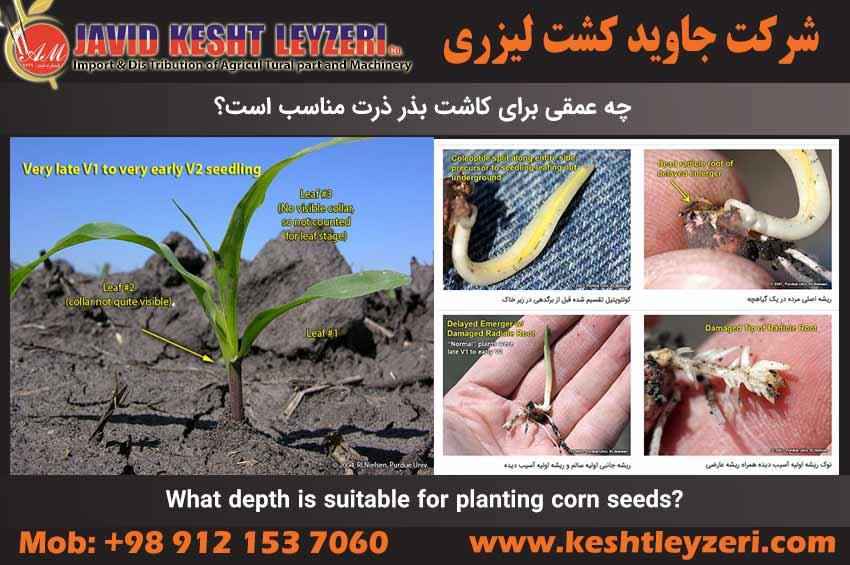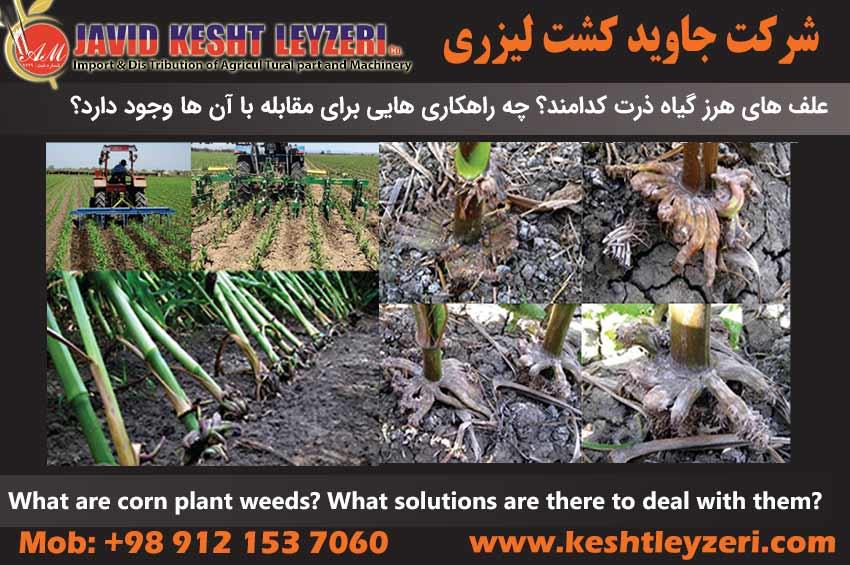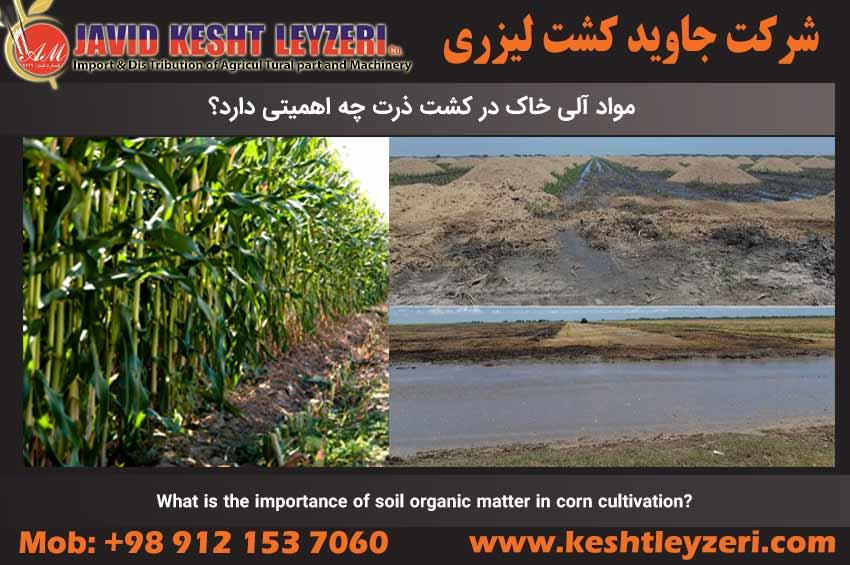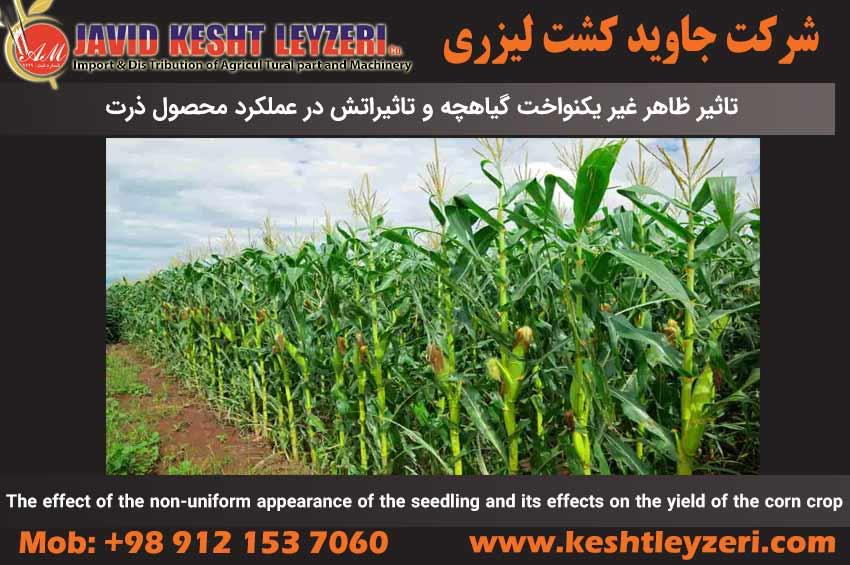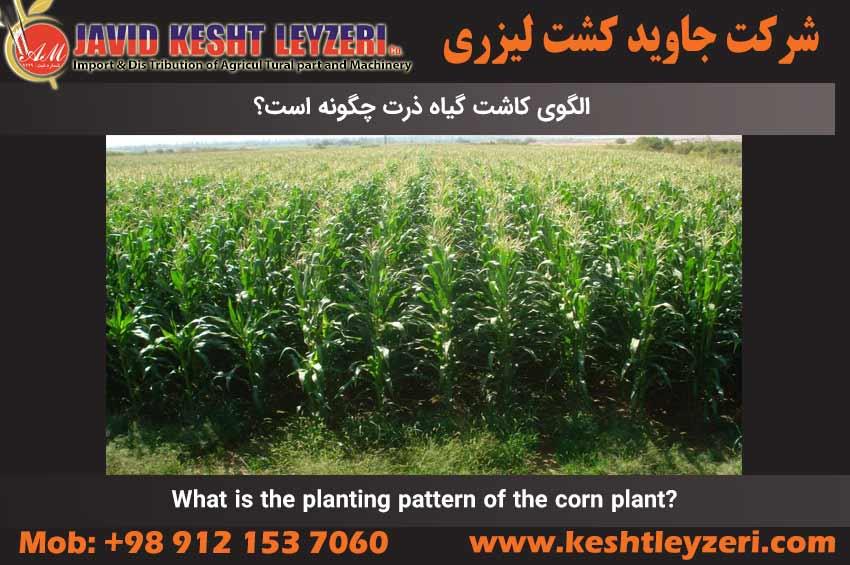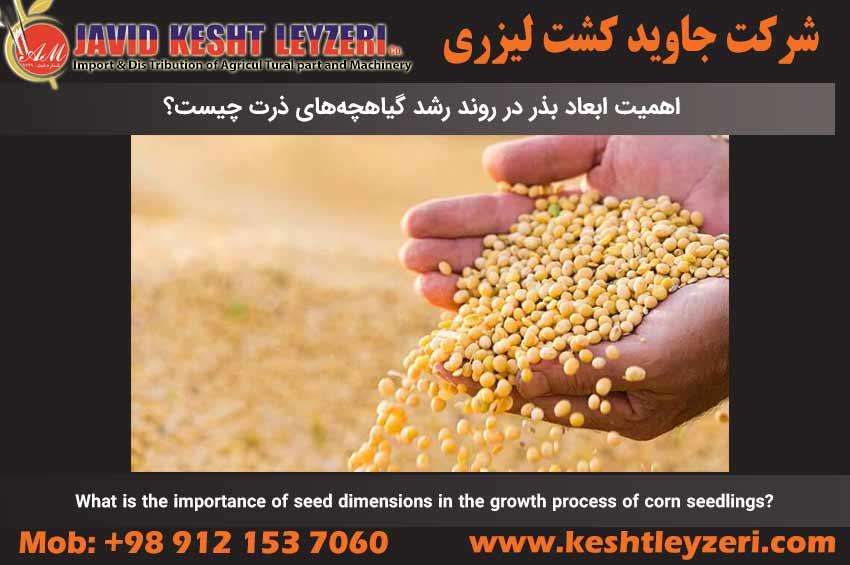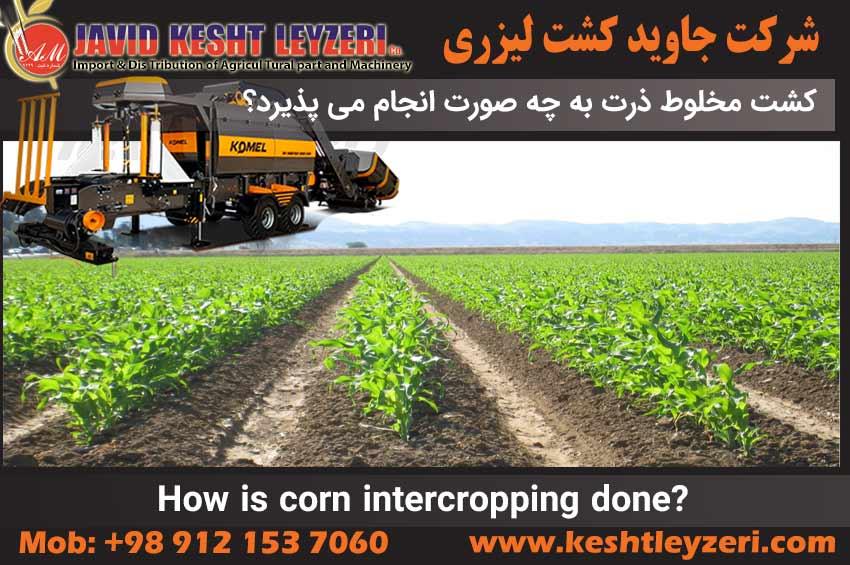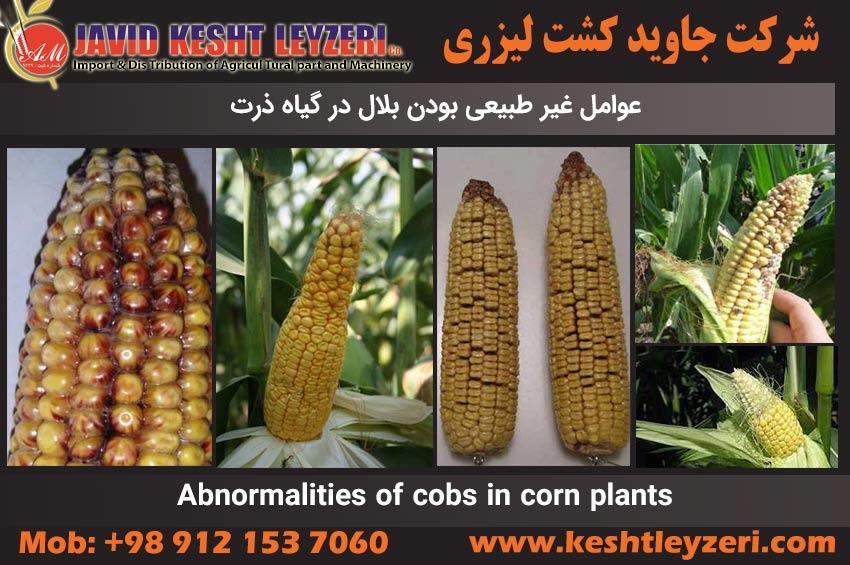- 17 Nov 2023
- 1390
How can the residues of corn plant be managed?
In Iran, most of the corn farmers add corn residues to the soil by tillage, and harvesting plant residues from corn fields is not common. However, in some areas, plant residues are harvested for use in silage or for preparing animal fodder, especially in years of fodder shortage.
- 16 Nov 2023
- 1866
What depth is suitable for planting corn seeds?
Corn seed planting depth depends on environmental conditions and soil type. In general, a depth between 3 and 5 cm is recommended for planting corn seeds. However, it is always best to follow your local advice and guidance on seeding depth to get the best results.
- 16 Nov 2023
- 1696
What are the weeds of the corn plant?
Corn plant weeds can be very diverse. In medium field, Amaranthus retroflexus, Gallium aparine and Polygonum aviculare are common weeds in corn fields. Also, wheat residues that remain and are mainly among the sources of weeds can also cause problems in the corn field. Chemical or agricultural methods can be used to control these weeds. For example, they can be controlled by creating a suitable mixed soil until the time of planting corn and picking grasses before planting or using chemical herbicides. Finally, it is worth mentioning that all these weeds can be controlled by a creative farmer with various methods.
- 13 Nov 2023
- 1058
What is the importance of soil organic matter in corn cultivation?
Organic matter in the soil plays an essential role in fertility, water holding capacity and overall strength of the soil. It is estimated that approximately 50% of soil organic matter in most soils was lost in the first 100 years after grasslands and savannahs were converted to agricultural land. Reducing soil erosion through methods such as conservation tillage is very important in soil conservation, saving billions of tons of topsoil, especially on vulnerable lands.
- 12 Nov 2023
- 1045
The effect of the non-uniform appearance of the seedling and its effects on the yield of the corn cr
Fields with non-uniform cropping density will usually have lower yield than fields with uniform cropping density, due to direct competition between plants in two different stages of growth next to each other. Because older plants usually outcompete younger plants for light, water, and nutrients
- 11 Nov 2023
- 2113
What is the planting pattern of the corn plant?
The corn plant performs best in tropical or temperate regions with sufficient light radiation. The type of soil suitable for planting corn is soft and relatively fertile soil with good drainage.
- 07 Nov 2023
- 1378
What is the importance of seed dimensions in the growth process of corn seedlings?
For the proper establishment of the corn plant, it should be noted that the seeds germinate and appear uniformly. It is clear that seed shape and size (seed grading) has nothing to do with germination, seed vigor or yield.
- 23 Oct 2023
- 1265
How is corn intercropping done?
Maize is a very efficient crop in converting sunlight into biomass. Also, this plant consumes nutrients and fertilizers with high productivity and is an effective source of fodder for livestock.
- 15 Jul 2023
- 2164
Abnormal factors of the corn plant
The abnormality of the corn plant can affect the quality of the corn seed, and we will examine its factors in this.

